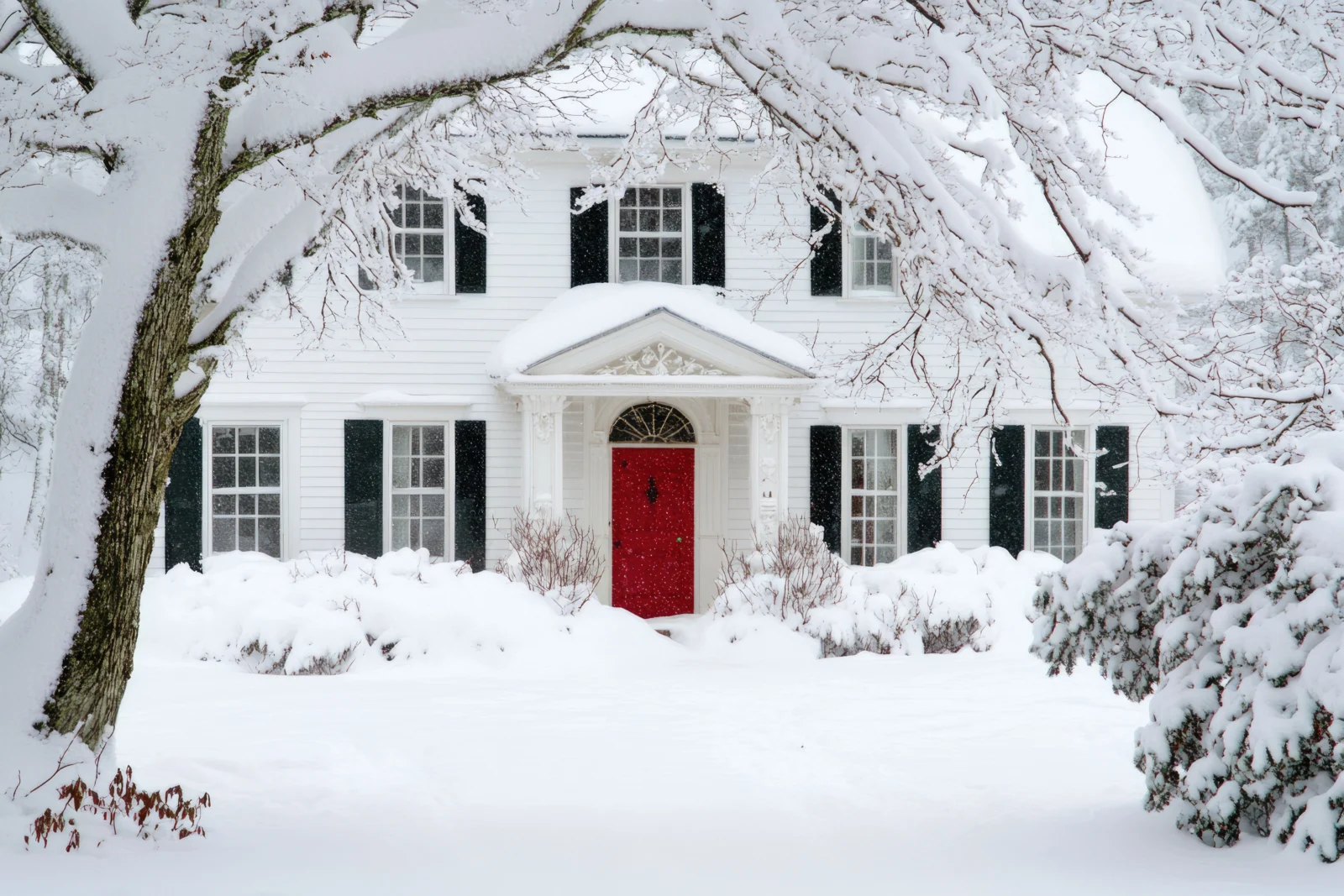Winter weather isn’t just tough on morale—it can also take a serious toll on your home. From freezing temperatures and extra moisture to the strain on essential systems and materials, the season comes with its fair share of challenges.
With regular maintenance, however, you can protect your home from winter’s harsh effects, keeping your space warm and inviting while also preventing costly repairs down the road.
Consider working through the following checklist as temperatures start to drop:
Check Your Furnace: Possibly the most important item on the list is ensuring your furnace is in good shape before temperatures plummet. During the winter months, it’ll be working overtime to keep your home comfortable, and the last thing you want is for it to break down when it’s sub-zero outside. By scheduling a professional inspection early, you can give yourself peace of mind knowing your heating system is ready to handle the season ahead.
Trim Trees and Branches: Winter storms can damage trees on your property, so be sure to remove dead branches near your home that could snap under the weight of snow or ice. When trimming trees, make sure to keep branches trimmed away from powerlines and the roof.
Inspect the Roof: Winter brings snow, ice, and rain, which can seep into your home if your roof has damaged shingles, cracks, or weak spots. Giving your roof a once-over and addressing these issues before the cold season helps avoid costly water damage and keeps your home energy efficient.
Inspect Your Chimney and Fireplace: Before winter sets in, take the time to ensure your fireplace is safe and ready for those cozy nights by the fire. Schedule a professional chimney inspection and cleaning to remove any soot, debris, or creosote buildup that could pose a fire hazard.
For wood-burning fireplaces, stock up on properly seasoned firewood to ensure a steady supply. If you have a gas fireplace, check that the pilot light is functioning properly and inspect the connections for any potential issues.
Check Smoke and Carbon Monoxide Detectors: The risk of fire and carbon monoxide (CO) exposure increases significantly during the winter months. With doors and windows sealed tight to keep out the cold, fresh air flow is minimized, creating the potential for dangerous CO buildup. At the same time, the use of heating devices, candles, and holiday lights adds to the risk of fire.Ensure your smoke and CO alarms are in working order to keep your home safe—test them regularly, check batteries, and address any issues promptly for peace of mind all season long.
By taking the time to prepare your home for winter, you can avoid common seasonal pitfalls and enjoy a safe, comfortable space all season long. A little maintenance now can save you from costly repairs and keep your home running smoothly through the colder months.
